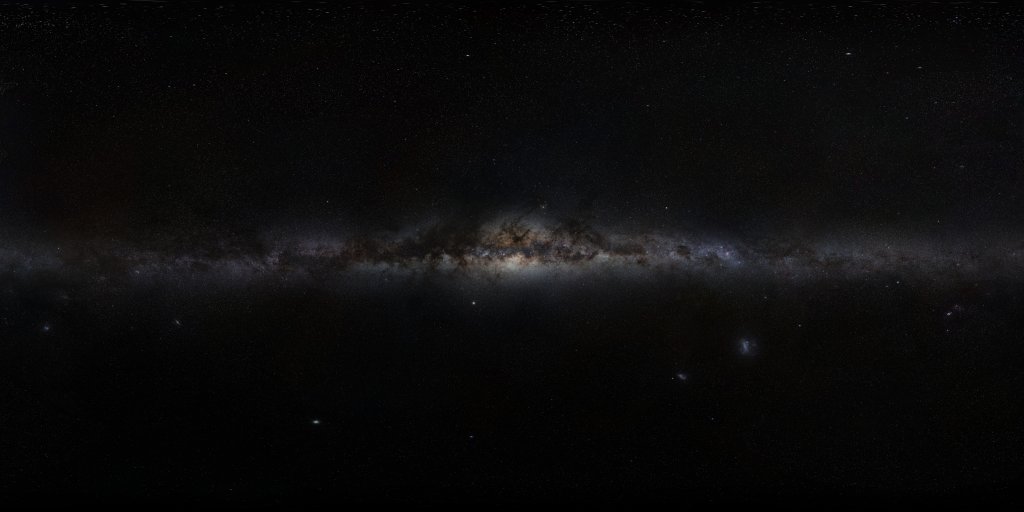| |
Northwest Africa 5000 was legally exported from Morocco to the United States of America in October
of 2007. A clear title will be provided by way of a notarized bill of sale to the purchaser. The
laws have been thoroughly explored by museum legal departments and international attorneys. It was
determined that the exportation of meteorites from Morocco is perfectly legal. In addition, a
science conference was held in Casablanca, Morocco in August of 2006 where these laws were
addressed. The unanimous consensus was "there are no laws or regulations restricting the
export of meteorites from Morocco at all."
Northwest Africa 5000 was found in the country of Western Sahara, firmly under Moroccan control,
therefore the laws of Morocco also apply to this region. Several world renowned museums have
integrated meteorites from this area into their mineral collections. These include but are not
limited to: the Royal Ontario Museum in Toronto, the Natural History Museum in London and the
Smithsonian Institution. The Royal Ontario Museum went as far as contacting the Moroccan
consulate after consulting with their legal department to make absolutely sure no problems
would arise later on. They are satisfied that meteorites from Morocco are legal to own, and
that there are no issues whatsoever in acquiring them. They have since added to their collection
one of the world�s most complete assemblages of planetary meteorites, the majority from Northwest Africa.
The main mass of Northwest Africa 5000 was placed on public display at the Royal Ontario Museum
in December, 2008. The complete slice dubbed "The Ambassador" has been used by several
organizations including NASA and the Lunar and Planetary Institute in Houston to promote future
missions to the Moon. Samples from the type specimen repository have been or are currently under
study by several prestigious research groups including but not limited to: the Carnegie Institution
in Washington, D.C., University of Washington, Washington University in St. Louis, ETH-Zurich and
the Vatican Observatory to name a few. None of these multi-national enterprises would place
themselves in legal jeopardy by promoting an object that was not up to the rigid legal standards
that are needed to work with such a high profile and legendary specimen.
|
|

